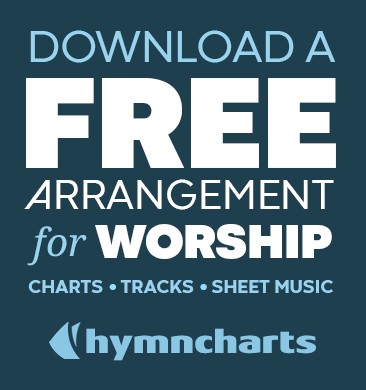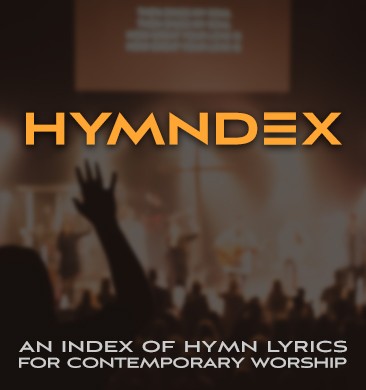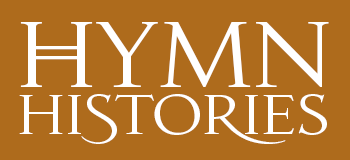I receive emails that indicate many people don’t know what’s the norm in worship ministry. Maybe they’re in a traditional church that’s going contemporary, a young worship leader, or an older worship leader returning to the job after a several-year break.
Since I don’t know of a book or website that will help worship leaders know standard practices in ministry, I created this list. After visiting lots of churches, asking questions and taking polls, I have a general idea of what the typical contemporary church looks like.
In 2014, most churches…
…have a volunteer worship leader. Budgets are tighter than ever these days, and over half of churches can’t afford even a part time worship leader. The rest are split 50/50 between part-time and full-time.
…are contemporary in style. Contemporary is the new traditional – and it looks like a male worship leader with praise team and band who lead a mix of the top CCLI praise and worship songs and a hymn now and then. The songs are the familiar ones like How Great Is Our God, Mighty To Save and Blessed Be Your Name. This band usually doesn’t feature loud, driving electric guitars but they’re not blended, either – they produce a good, solid pop sound with a mix of electric and acoustic. You know this is the prevailing style when even the mainlines are starting to ditch the pipe organs, kick the traditionals out of the main sanctuary and start setting up screens and drum risers in the chancel.
…don’t have a choir. If they do, they’ll have one only at Christmas and Easter.
…use planningcenteronline.com to schedule their volunteers.
…use CCLI to legally print and project song lyrics.
…use chord charts. Occasionally someone will ask if I have “bass guitar sheet music.” Then my head explodes. Then I remember twenty years ago when I worked at a very blended church, the orchestra played out of an orchestrated hymnal and they had a “bass guitar” edition. Have you ever met a bass player who reads notes? Me neither. Maybe choral orchestrations still have a bass guitar part with notes? (I can’t remember the last time I played from an octavo!) Every church I know uses chord charts exclusively (and will perhaps give a classically trained pianist a piano part if it exists.) A few advanced players prefer rhythm charts. Most charts are hand-scribbled or pulled from some antiquated chord chart website where half the chords are wrong. The last I knew, even CCLI’s chord charts weren’t that hot. The best place I know to get chord charts that follow the original recordings are at PraiseCharts.com, and I also try to make my HymnCharts.com chord charts as perfect and professional as possible.
…have a praise band consisting of drums, bass, acoustic guitar (usually played by the male worship leader), electric guitar and keyboard. Variations include 2 or more electrics or no electrics. The keyboard is making a comeback with songs like Redman’s 10,000 Reasons. I know of a guitar-driven church who can’t use that song because they don’t have a keyboard player.
…have a praise team consisting of a male worship leader with 3 part vocals: soprano, alto and tenor. Others are split between male worship leader / single female vocalist and choir.
…don’t use clicks, tracks or multitracks. As much as I preach about the wonders of a click, you’d think more churches would be using them, right? Over 50% do not, but that makes sense: since over 50% of worship leaders are volunteers and have limited time, it’s all they can do to get their music together, schedule volunteers and rehearse, let alone mess with the technical complexities of tracks and clicks.
…haven’t converted over yet to widescreen projection.
How does your ministry compare to most?
Sign up to receive weekly WorshipIdeas every Tuesday morning in your email:





